If first starting out capturing waterfowl, a telephoto lens and tripod are helpful. A telephoto lens with a focal length of close to 300mm or more is preferable. The higher the focal length, the further away you can station yourself when trying to silently capture photos.
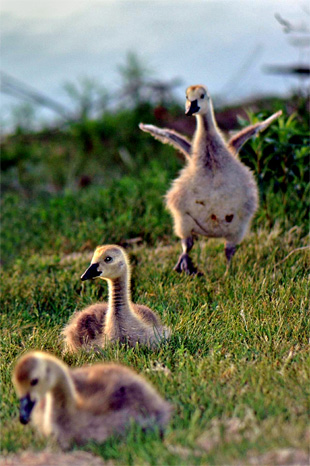
“Landing practice” captured by John Sargeant
A further beneficial piece of gear is some kind of camouflage clothing, which can help you get nearer to birds without disturbing them.
So now that we have the gear recommendations out of the way…the next thing is locating wild birds to photograph:
- Springtime months are possibly the best periods to search out and take wild bird pictures. During the later part of the spring season you’ll perhaps have the opportunity to shoot adult birds nurturing their young.
- Birds are generally busiest during the first couple of hours following dawn. This is the perfect period to locate birds to photograph. An additional advantage to the time is the fact that sun light won’t be completely potent and offers excellent illumination. A few hours ahead of sundown is yet another terrific time to shoot wildlife.
- Forests, parks with numerous trees and shrubs, nearby recreational areas, nature reserves, as well as locations with natural fruit/vegetation are perfect for locating wild birds.
- Generally speaking, the more natural and undeveloped the place the more likely you’ll locate a wide array of wildlife. Seaside locations are excellent because numerous gulls are drawn to the food from the ocean.
- Locating and taking snapshots of wild birds is not the same! It’s crucial once you discover wildlife to keep low and approach them little by little to get close. Additionally it’s essential that you never appear to be a menace to the wildlife. The simplest way to achieve this is to head out on your own. Wild birds are usually top notch at understanding body gestures and while you might be approaching the birds with care, whoever you’re with might not be as careful.
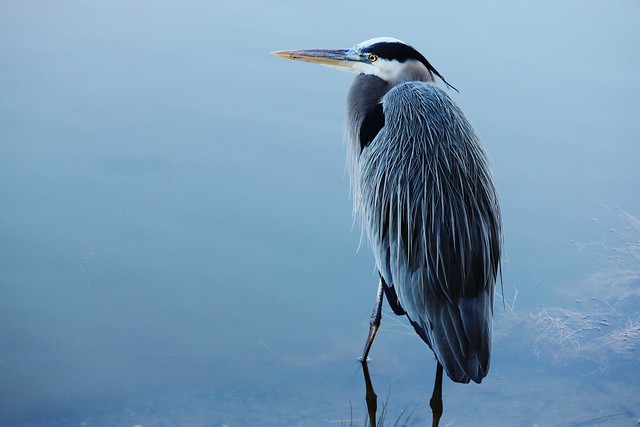
“Heron 1” captured by Teresa Shen
- Just because a wild bird is near does not mean you’ll have a great photo. Seriously consider the perspective of the bird’s head. If, for example, the bird is facing away from your camera, consider holding out until they look at the camera.
- Trees and shrubs with a lot of foliage make wild bird picture taking trickier because the leaves and branches obstruct your vision. Birds in areas with few leaves are much better to shoot. Ensure you have the bird’s eye in focus within your images.
- Shooting flying birds creates several issues in focusing as well as exposure. Be certain you employ a shutter rate with a minimum of 1/1000 of a second.
- Using single AF points and permitting the digital camera to track the subject works superbly if a backdrop is straightforward. Birds right behind a bright sky demand keying in one or two additional stops to compensate.
- Uninterrupted capturing is essential if you’re taking photos of moving wildlife. Quite often you will find yourself with only one or two decent pics per 100 taken.
- A tremendous way to begin with flying wildlife would be to train by way of larger wild birds, such as pelicans. You’ll find a wide range of adjustments you should employ determined by exactly what the pelican does. However, if you’re taking photos of a bird in the bush, pre-focusing around the branch and employing manual focus is usually the most viable option.
- Whenever birds happen to be in flight, switching entirely to manual is recommended.
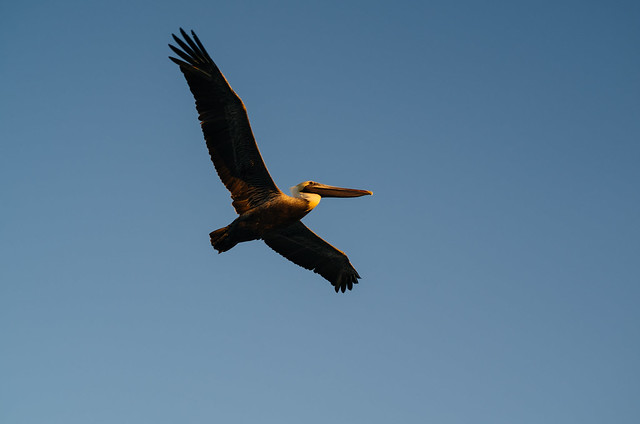
“Brown Pelican” captured by Ethan McCandless
- With regard to any birds who aren’t flying, aperture priority is wonderful because it means that you can manage the depth of field, which is usually best shallow.

“Canada Geese” captured by Fyntastic Photography
- Prior to moving out into unknown environments to shoot wildfowl, a good strategy is to initially take pictures of the wildlife within your very back garden. Frequently wild bird photography enthusiasts might watch for several hours before finally capturing a fantastic picture.
- Wildfowl photography needs a good deal of persistence, study, as well as adoration. You’ll encounter instances when you’ll end up frustrated. Developing a passion for digital photography as well as birds/nature is crucial in order to acquire high quality wild bird images.
Whenever taking photos in the outdoors, being respectful of their environment is vital.
- Never bother the wildlife.
- Don’t make the birds stressed.
- You should never change the environment.
- Don’t feed wildlife in the wilderness.
About the Author:
Andrew K Horton previously wrote for digitalphotographytutorials4u dot org.
Like This Article?
Don't Miss The Next One!
Join over 100,000 photographers of all experience levels who receive our free photography tips and articles to stay current:

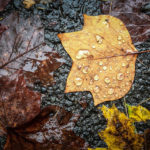
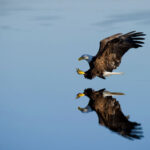
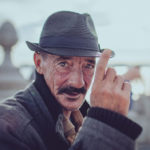
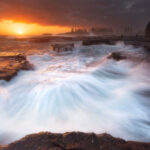
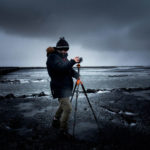
This is awesome! Those photograph of different birds are really amazing. It seems like they’re a story behind those pictures. Thanks for sharing it to us!
I have always loved photography, however, it’s only been in the last year that I decided to start taking it seriously. I have taught myself about the art and science behind it, but still have much to learn. I am also an avid birder, but am still finding it exceedingly difficult to capture any good photos, especially considering where I live – Edmonton.
If anyone has advice on where I can go in the city (parks, etc), or any specific spots along the North Saskatchewan River that I can go to, as I prefer to take pictures of birds in a natural environment, I would greatly appreciate it.
Thank you!
Finding birds in nature instead of near heavily populated areas has an important trade-off. Yes, you will likely have more wildlife to see, however, because that wildlife isn’t as exposed to humans, they are considerably more skittish.
I’ve had more success photographing birds near cities because its easier to get closer to them without the need for a blind. I am fortunate in that the city I live in (Richmond) has a great blue heron rookery downtown, and late spring, they are everywhere. Whereas, when I visit the rookeries outside of the city, its extremely difficult to get very close.